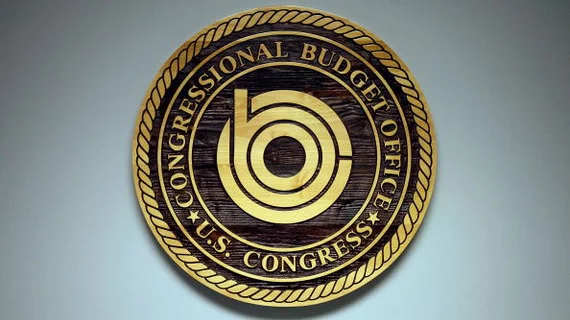The Congressional Budget Office has scaled back its projections of coverage losses from the Affordable Care Act’s individual mandate being repealed, estimating 8.5 million people will be uninsured in 2027 due to the penalty being eliminated by Republicans’ tax legislation beginning next year.
That’s down from the CBO’s November 2017 estimate of 13 million more uninsured. Near-term coverage losses are projected to remain the same, however, with 3 million fewer people being insured in 2019 as the mandate penalty disappears and premiums continue to rise by double-digit percentages.
As in the previous report, the CBO expects the ACA exchanges to remain stable, if somewhat “fragile,” without the mandate acting as an incentive to have insurance coverage.
“Substantial uncertainty continues to exist about federal policies affecting the nongroup market and about the effects of eliminating the penalty related to the individual mandate,” the CBO report said. “That uncertainty may affect insurers’ decisions to participate in the nongroup market in future years, and such withdrawals could threaten market stability in some areas of the country.”
Stability in the nongroup market under current law would be based on various offsetting effects, the CBO said. While enrollment may be decreased by the mandate repeal and an expectation more states will expand Medicaid eligibility, it could also be increased by premium support subsidies protecting consumers from premium hikes as well as the expanded availability of short-term, non-ACA-compliant plans—though the latter would hurt, not help, the ACA exchanges.
The premium hikes appear to be keeping insurers on the exchanges, especially in areas where they enjoy a monopoly on the ACA market, with the CBO saying insurers’ profitability appears to moving close to pre-ACA levels from 2017 financial results. But the hikes will mean the federal government has to pay more in subsidies and higher-income ACA enrollees will bear the full brunt of the increased rates.
Premiums for benchmark silver-level plans on the exchanges were 34 percent higher in 2018, the CBO said, and it projected an average increase of around 10 percent every year from 2019 to 2023.
Contradicting CMS Administrator Seema Verma’s defense of expanding non-ACA-compliant plans, the CBO said regulations to make short-term insurance and association health plans (AHPs) more readily available will hurt the exchanges.
Starting in 2023, the CBO estimated about 4 million people will be enrolled in AHPs and another 2 million will buy short-term plans. This would decrease the number of uninsured by about 1 million, the CBO said, but would also siphon healthier customers away from other markets, including the ACA exchanges. It estimated about 3.6 million people enrolling in AHPs and 1.3 million opting for short-term plans would have already been insured.
“Because the people newly enrolled in AHPs or (short-term) plans are projected to be healthier than those enrolled in small-group or nongroup plans that comply with the current regulations governing those markets, their departures would increase average premiums for those remaining in other small-group and nongroup plans,” the CBO wrote.
The CBO noted this was well above the Trump administration’s estimates in the proposed CMS rule, which said fewer than 200,000 people would leave existing nongroup plans for short-term insurance.

